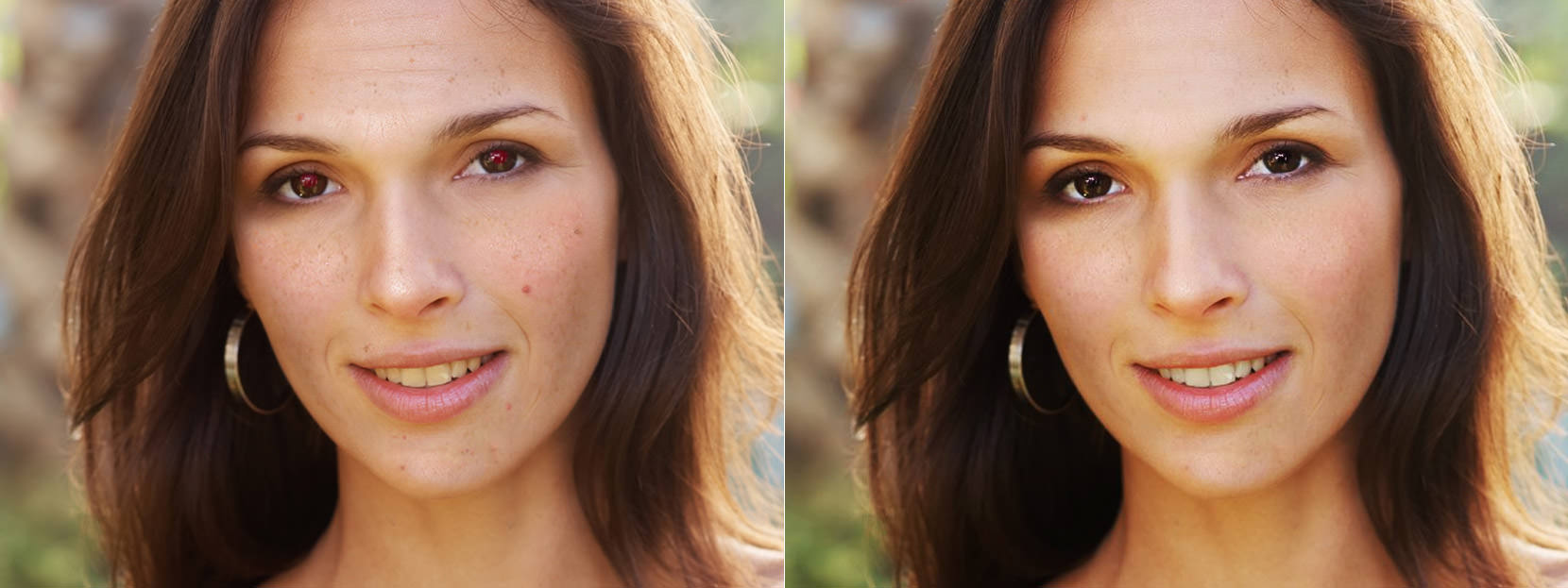The practice of modifying a photograph to ready it for ultimate display is known as photo retouching. Retouching professionals often perform minor localized modifications to an image. Retouching seems to be refining an image that is usually conducted after globalized modifications such as color correction. A retoucher may work on altering additional parts of a picture after the white balancing, cropping, and color profile have been set.
What Exactly is Photo Retouching?
In its most basic form, retouching seems to be the process of enhancing the overall appearance of a photograph. However, to completely grasp the notion of retouching, we must first realize that within post-production, Photo Retouching relates to the elimination of undesired and unneeded features and faults from a picture. Aside from removing minor details such as dirt or tree branches in the backdrop, retouching may also be used to correct skin imperfections in fashion and beauty photos.
Image retouching seems to be in charge of the image’s small elements. This is why most firms seek picture retouching solutions to add the finishing touches to their images. Colour adjustment, tone adjustment, under-eye wrinkles, blemishes, alteration of saturation, sharpness, and contrast are among the defects that picture retouching corrects. However, Airbrushing is also an essential part of Editing Photos.
Airbrushing is the process of eliminating objects from the image’s backdrop and adding new ones that were not previously present. Retouching is among the operations that can’t be measured because it might be accomplished in minutes or hours. Picture retouching seems to be the final phase of post-production and hence is regarded as the finishing touch to the photos. During retouching, we attempt to make multiple distinct changes to the picture that no camera parameters or extra work could compensate for.
Importance of Photo Retouching
When it comes to portrait shooting, picture retouching comes in handy. You can leverage photo retouching services to conceal flaws, smooth the face, and whiten the teeth. Not only that but picture retouching is employed in product photography to erase fingerprints from the project and make the product seem smoother. We may also apply dimension to the product photographs to make them appear more realistic and appealing. Photo retouching may be employed for a variety of purposes, although it is most commonly employed to remove unsightly scratches and defects. Retouching is often quite handy in jewelry photos. It might assist you in enhancing the gemstones. Similarly, it may be employed to make silver and gold photos seem smooth and polished.
Some Popular Photo Retouching Methods
After we’ve completed the basic retouching of all the photographs, we must choose which ones to retouch. Note that we will not be able to retouch all of the photographs because retouching is a lot more complicated process than editing. As a result, we should start with a handful of photographs we like the most. So below are a few of the most frequent yet vital picture editing ideas and tips:
Healing
We may already be acquainted with the healing application. This instrument helps remove blemishes as well as other undesirable places from the body. It is among the most commonly used equipment as it is nearly always necessary to erase skin flaws for the fashion and beauty industry. Businesses in this sector can benefit from photo enhancement services.
Frequency Modifications
It is also a handy tool for fashion and beauty photos. We may use this to make the actress’s skin seem flawless. In most situations, the actress’s skin appears too crisp or blurry in the photographs, but with a minor frequency modification, we can get the skin texture precisely right.
Enhancement of the Eyes
Whenever it relates to model shooting, photographers and editors are constantly dealing with photos of clients. And as we’ve previously discussed the treatment of blemishes and skin defects, another essential part of model shooting that remains is the eyes. As eyes seem to be a vital aspect of such images, since we all look at a model shot, the first thing we notice is the model’s eyes. As a result, the editor must immediately work on the actress’s eyes. This procedure comprises removing eye bags, altering the color of the eyes, and fixing reflections and shadows in the eyes.
Resizing And Cropping
People may not realize the importance of these features since they are previously accustomed to cropping and scaling. We may use such techniques to get away from all the blank and unneeded places in the image by using 2-3 design principles.
Conclusion
Several retouching adjustments may be applied to product images to make them more appealing to potential buyers. It’s critical to remember that there exist differing degrees of retouching. Advancements such as “removing” flaws or evidence of adhesive may be included in an essential retouching operation. More extensive retouching can involve tasks like enhancing jewelry stones, providing diamond clarity, making silver or gold sparkle, adding texture to the leather, eliminating glare, and more. Photo retouching may help us cover all of the flaws in a photograph so that it seems immaculate. It assists many firms with their visual needs for marketing, branding, and communication.
